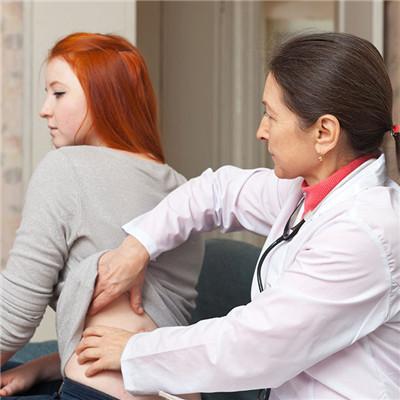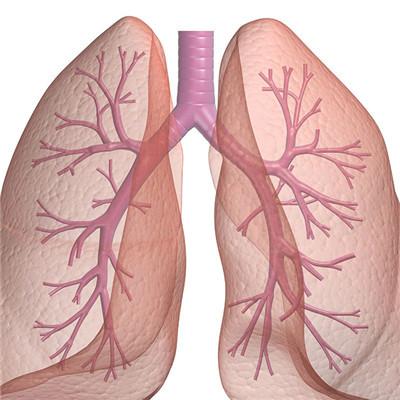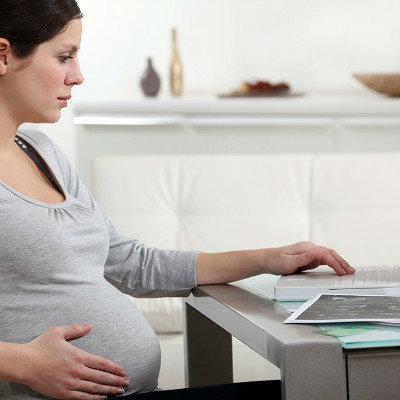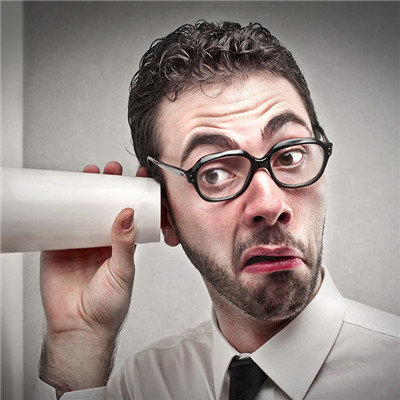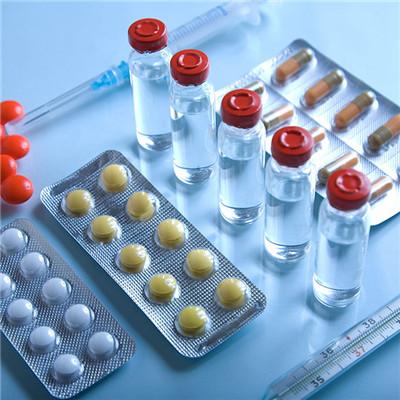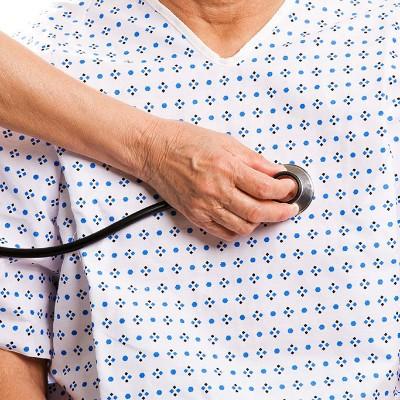Symptoms of atrial fibrillation
summary
Atrial fibrillation (AF) is the most common persistent arrhythmia. With the increase of age, the incidence of atrial fibrillation is increasing, up to 10% of the population over 75 years old. The frequency of atrial activation in atrial fibrillation is 300-600 beats / min, and the heart rate is often fast and irregular, sometimes up to 100-160 beats / min, which is not only much faster than that in normal people, but also absolutely irregular, and the atrium loses its effective systolic function. The prevalence of atrial fibrillation is also closely related to coronary heart disease, hypertension and heart failure. Symptoms of atrial fibrillation? Let's talk about it
Symptoms of atrial fibrillation
It is generally believed that paroxysmal atrial fibrillation refers to those who can spontaneously return to sinus rhythm within 7 days, and the duration is generally less than 48 hours; Persistent atrial fibrillation refers to those who need drugs or electric shock for more than 7 days to convert to sinus rhythm; Permanent atrial fibrillation refers to those who can not convert to sinus rhythm or relapse within 24 hours after conversion.
Feel the heart beat faster, accompanied by fatigue or fatigue; Dizziness or even fainting; Precordial pain, pressure or discomfort; Some patients may not have any symptoms of dyspnea during mild physical activity or rest.
When atrial fibrillation occurs, the atrium loses its contractile function, and the blood is easy to stagnate in the atrium to form thrombus. After the thrombus falls off, it can go to all parts of the body with the blood, leading to cerebral embolism (stroke), limb arterial embolism (even amputation in severe cases), etc. The risk factors of stroke in patients with atrial fibrillation include previous history of embolism, hypertension, diabetes, coronary heart disease, heart failure, left atrial enlargement, etc.
matters needing attention
(1) Recovery of sinus rhythm can only achieve the goal of complete treatment of atrial fibrillation by restoring sinus rhythm (normal rhythm). Therefore, for any patient with atrial fibrillation, we should try to restore sinus rhythm( 2) For patients with atrial fibrillation who can not recover sinus rhythm, drugs can be used to slow down the faster ventricular rate.
